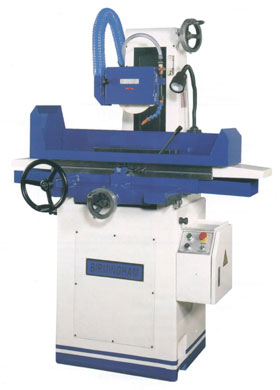CougTek
Hairy Aussie
Does it really makes a difference if you use 800 grit paper after you're finished polishing off with the 600 grit paper? I mean, I feel the 800 grit is more for aesthetics than for actually cooling benefits.
Not that the freak wet-sanding his north bridge gave me ideas, but I wanted to prolong the lifespan of a used Thermaltake Volcano 7 heatsink with a quite rough bottom, so I decided to lap it just to see if it would enhance substantially the thermal dissipation level of the heatsink. Using 600 grit paper, the base is fairly flat and shiny, although I can't use it has a mirror. I have 800 grit paper too, but I wonder if it really worthes my time.
Not that the freak wet-sanding his north bridge gave me ideas, but I wanted to prolong the lifespan of a used Thermaltake Volcano 7 heatsink with a quite rough bottom, so I decided to lap it just to see if it would enhance substantially the thermal dissipation level of the heatsink. Using 600 grit paper, the base is fairly flat and shiny, although I can't use it has a mirror. I have 800 grit paper too, but I wonder if it really worthes my time.

